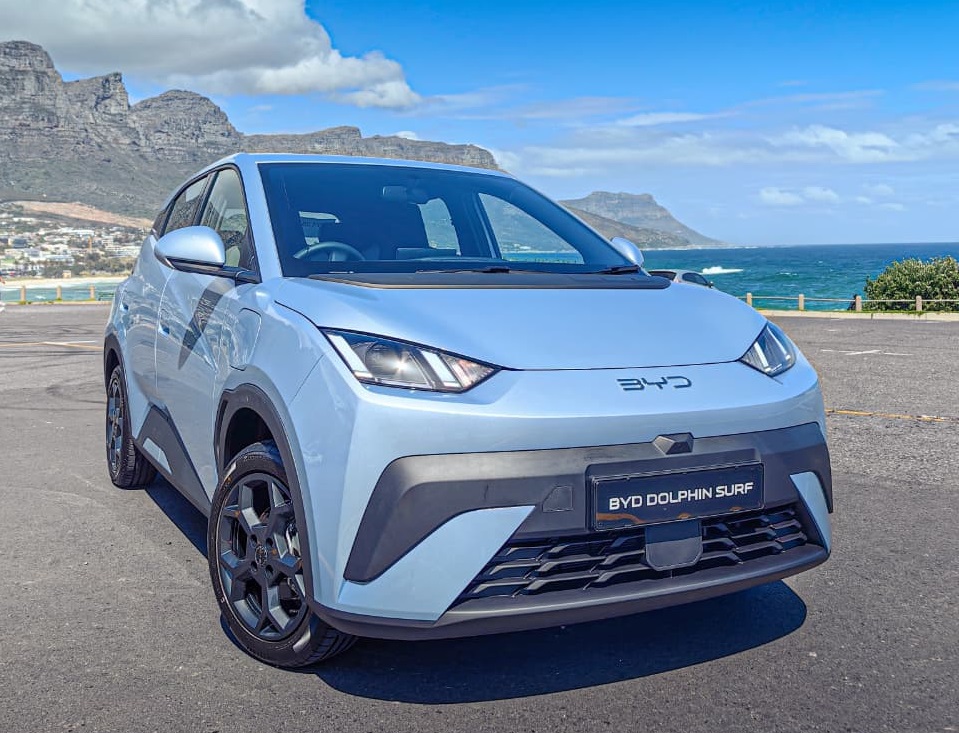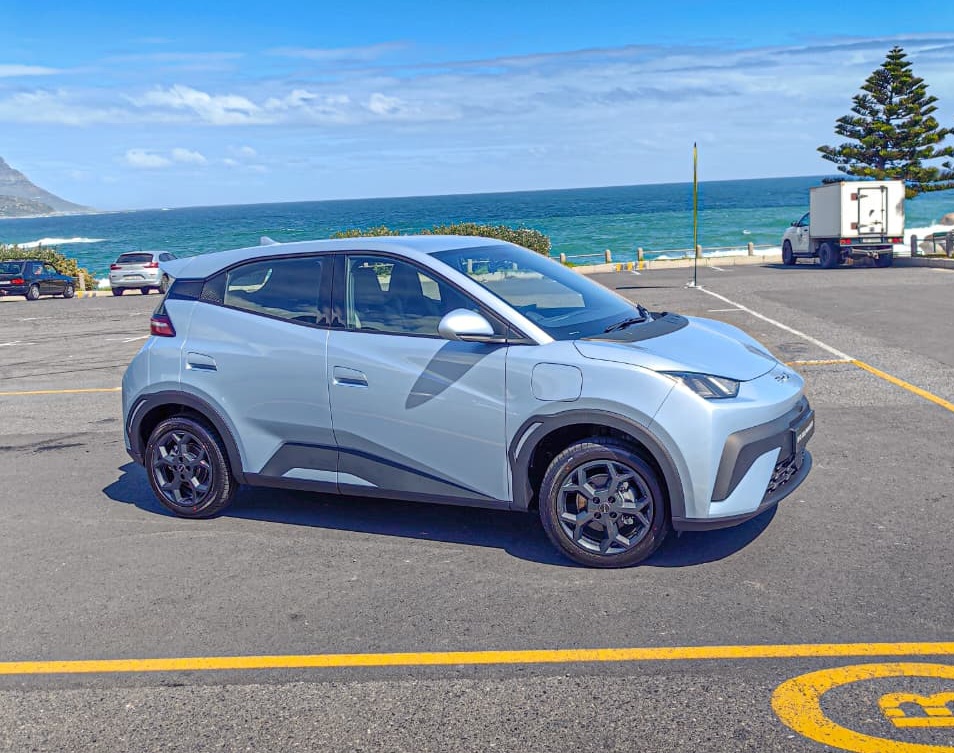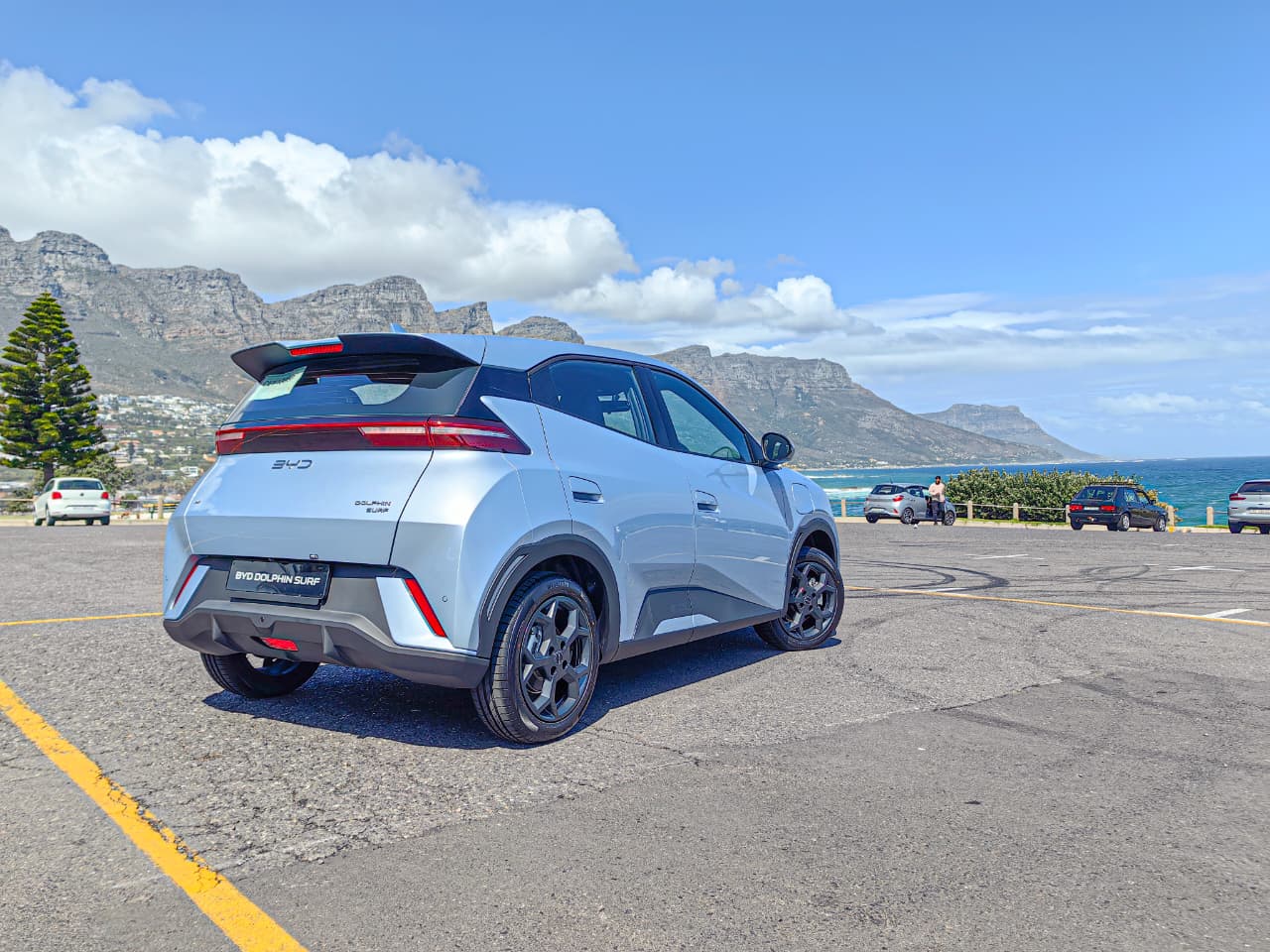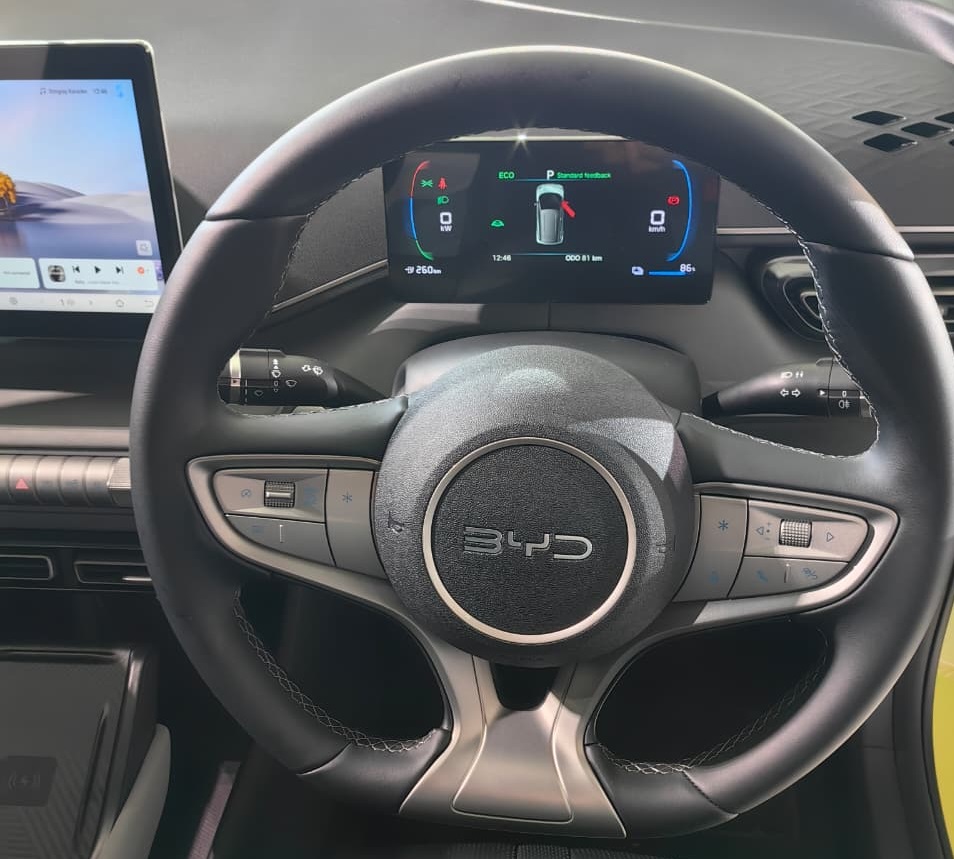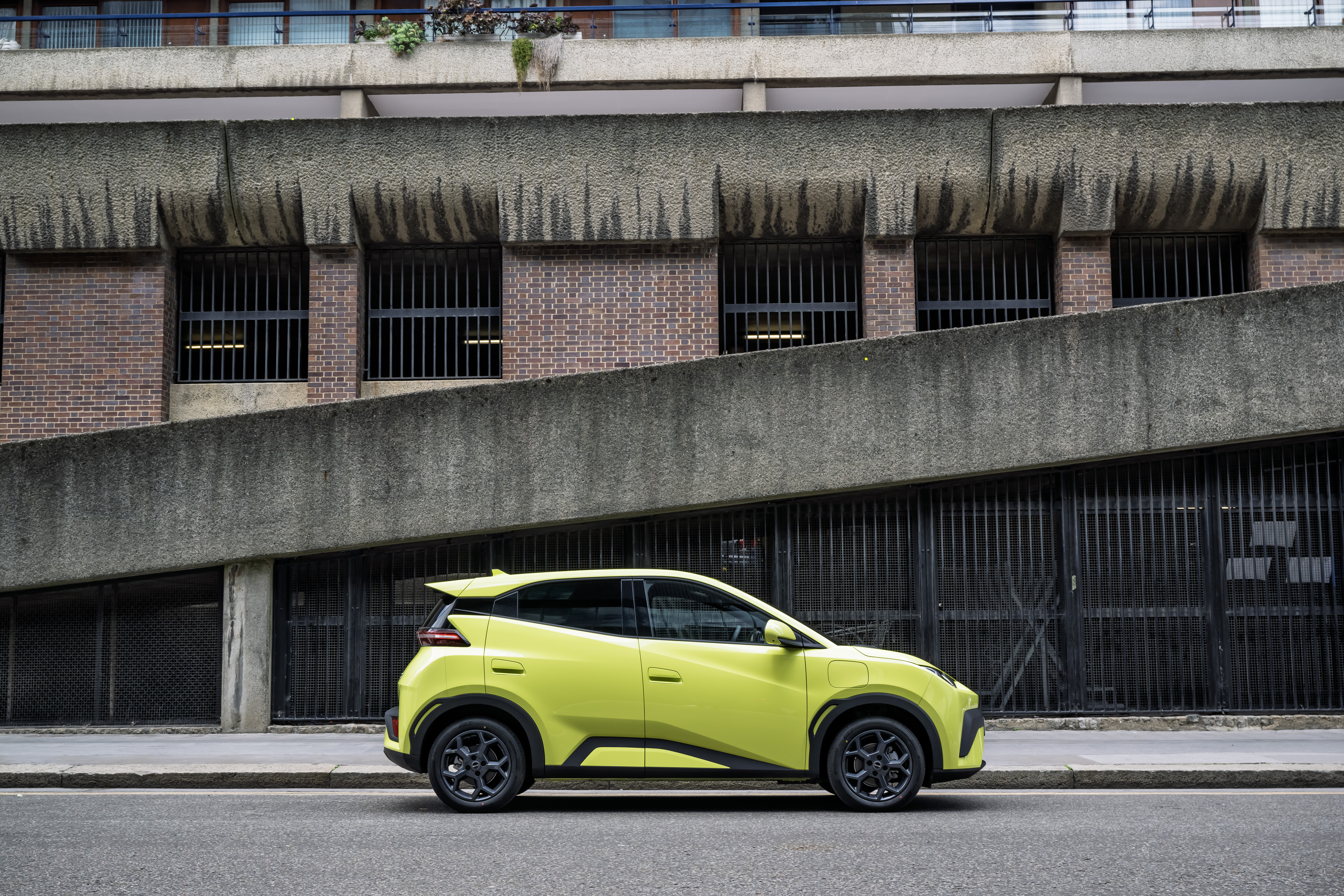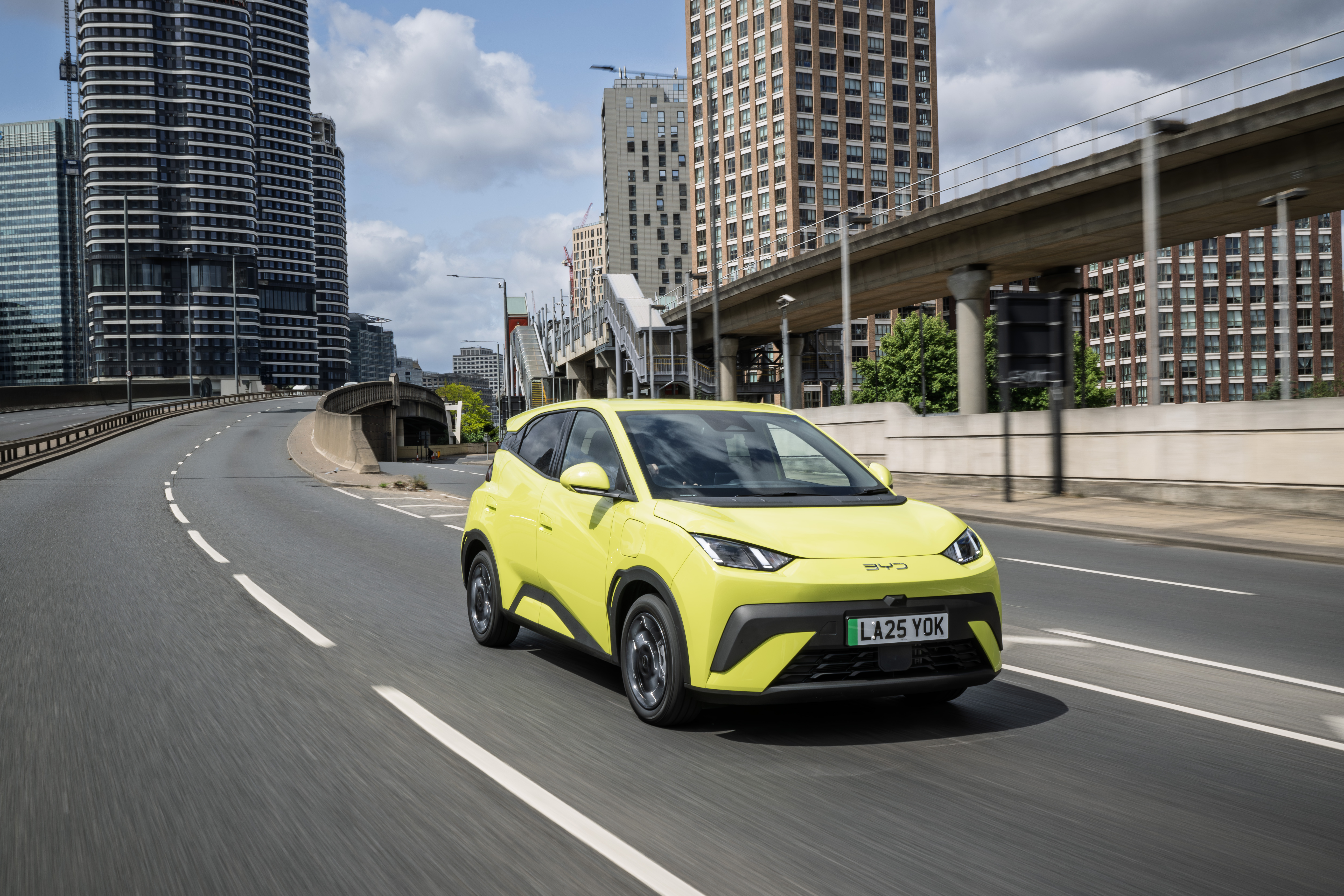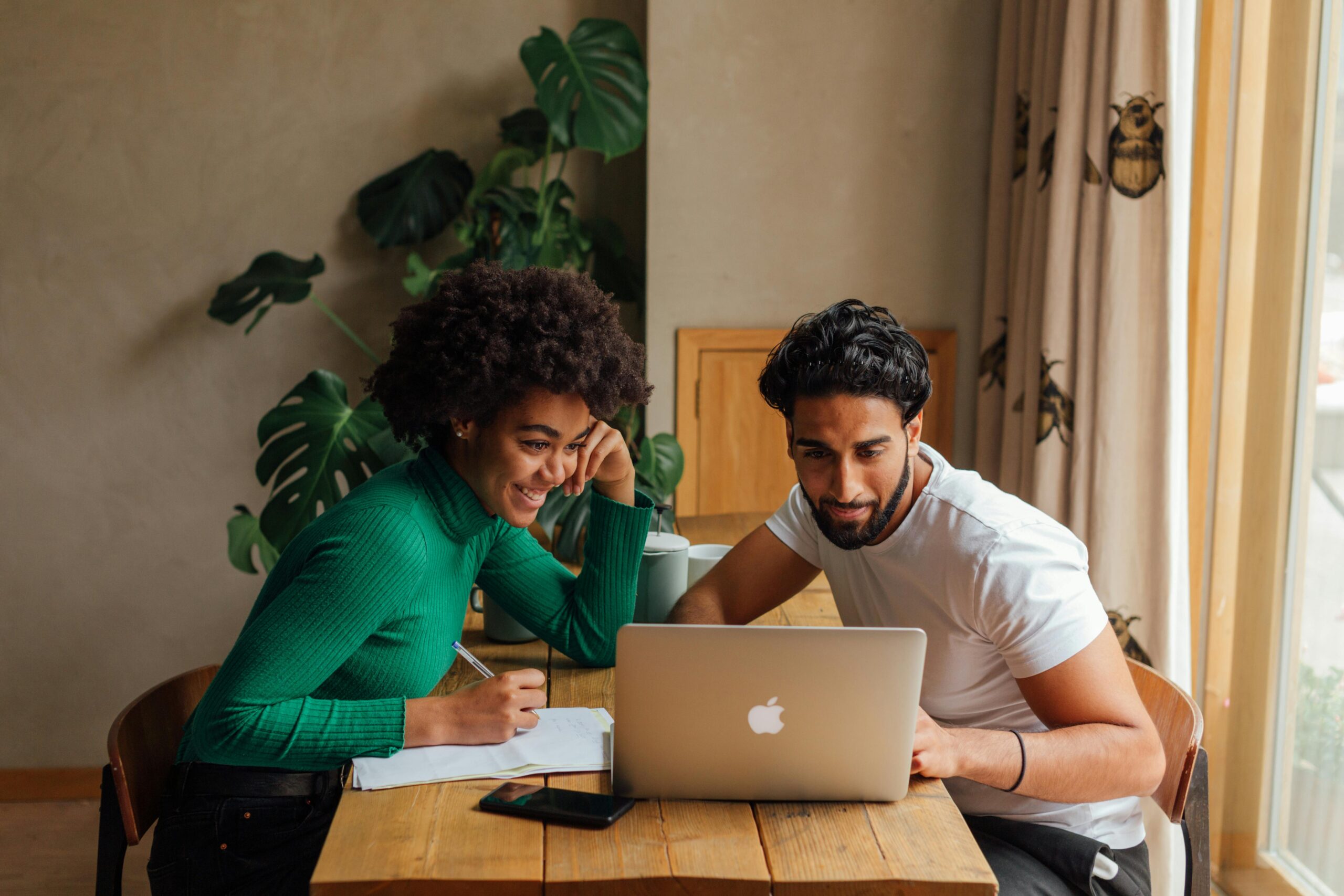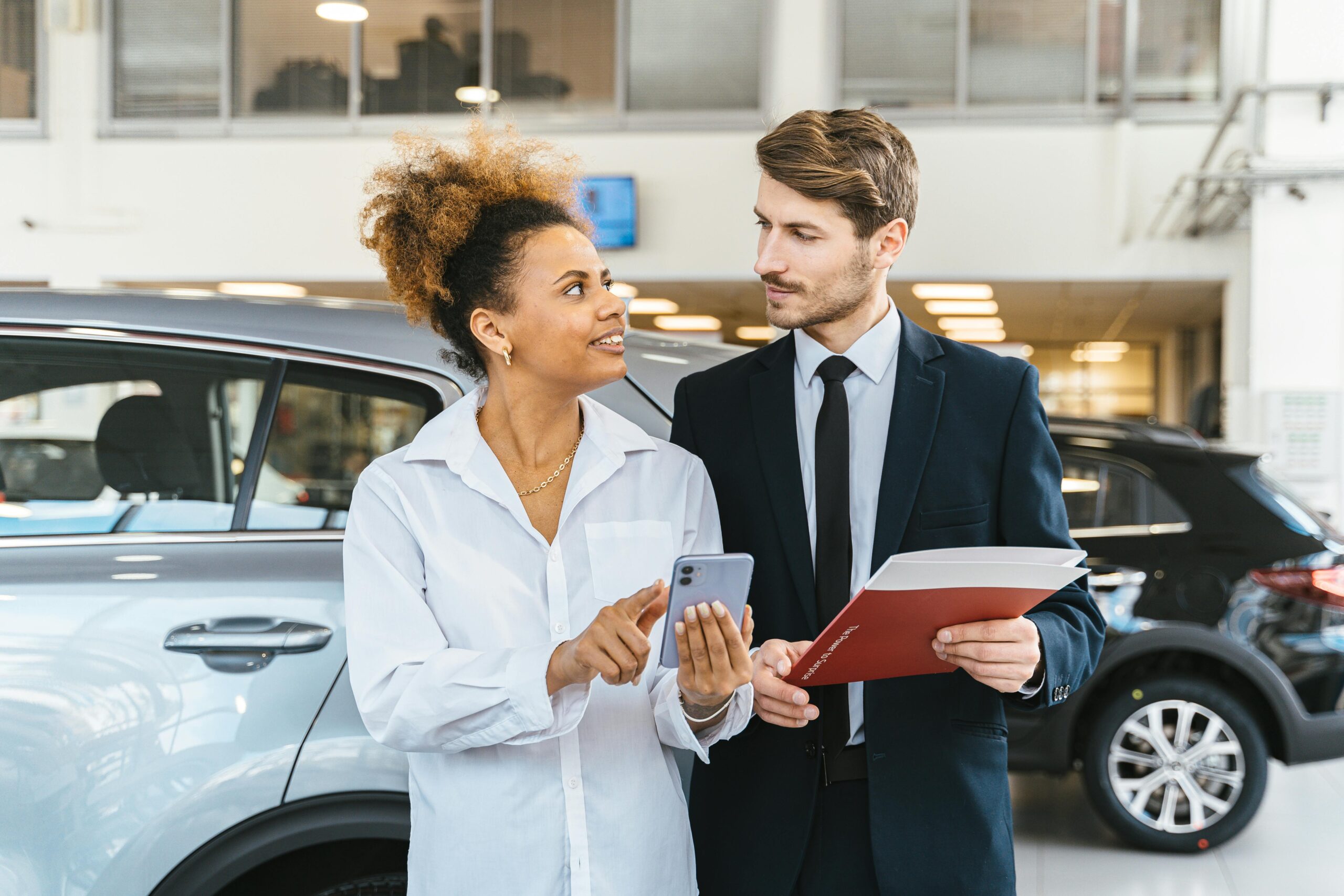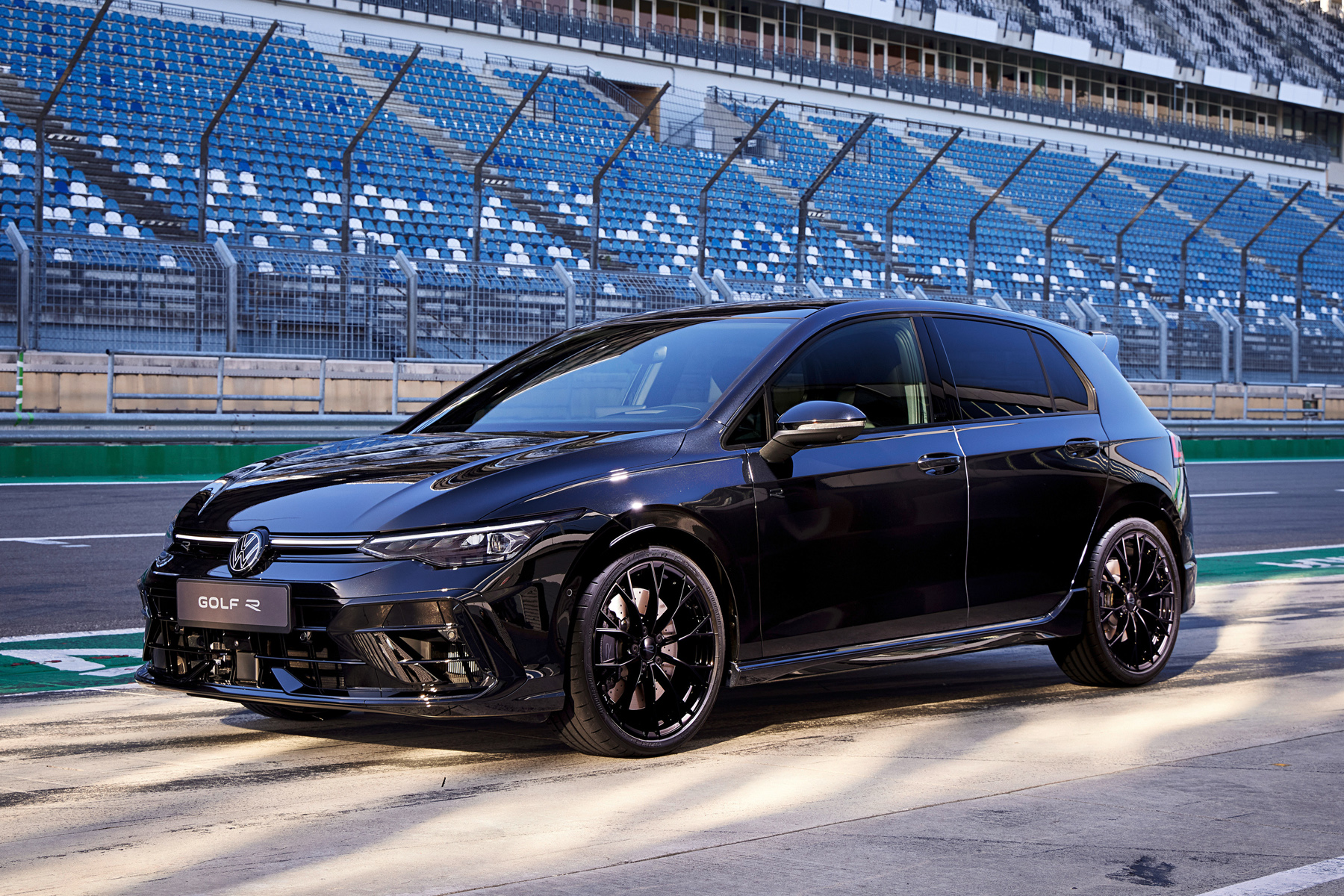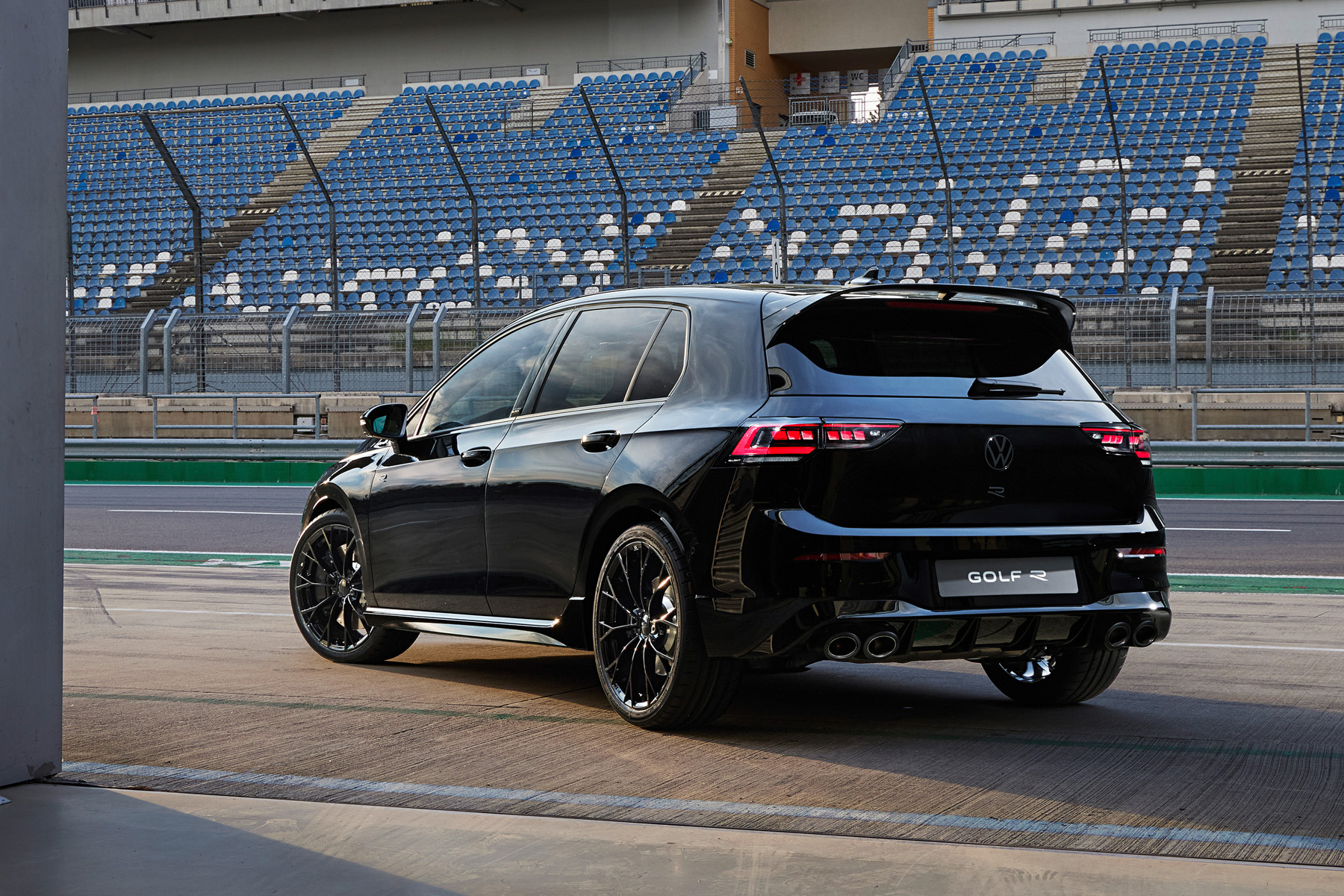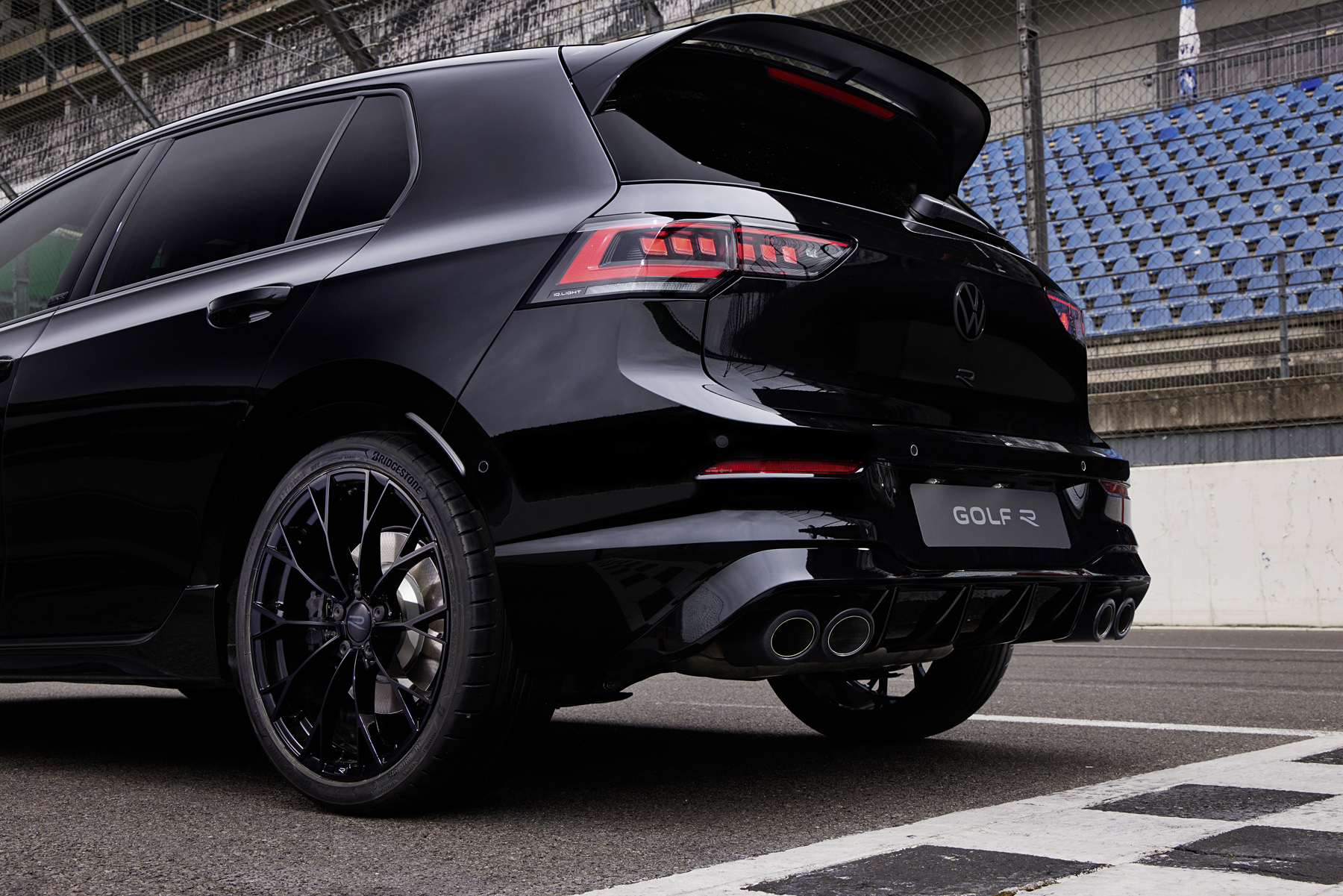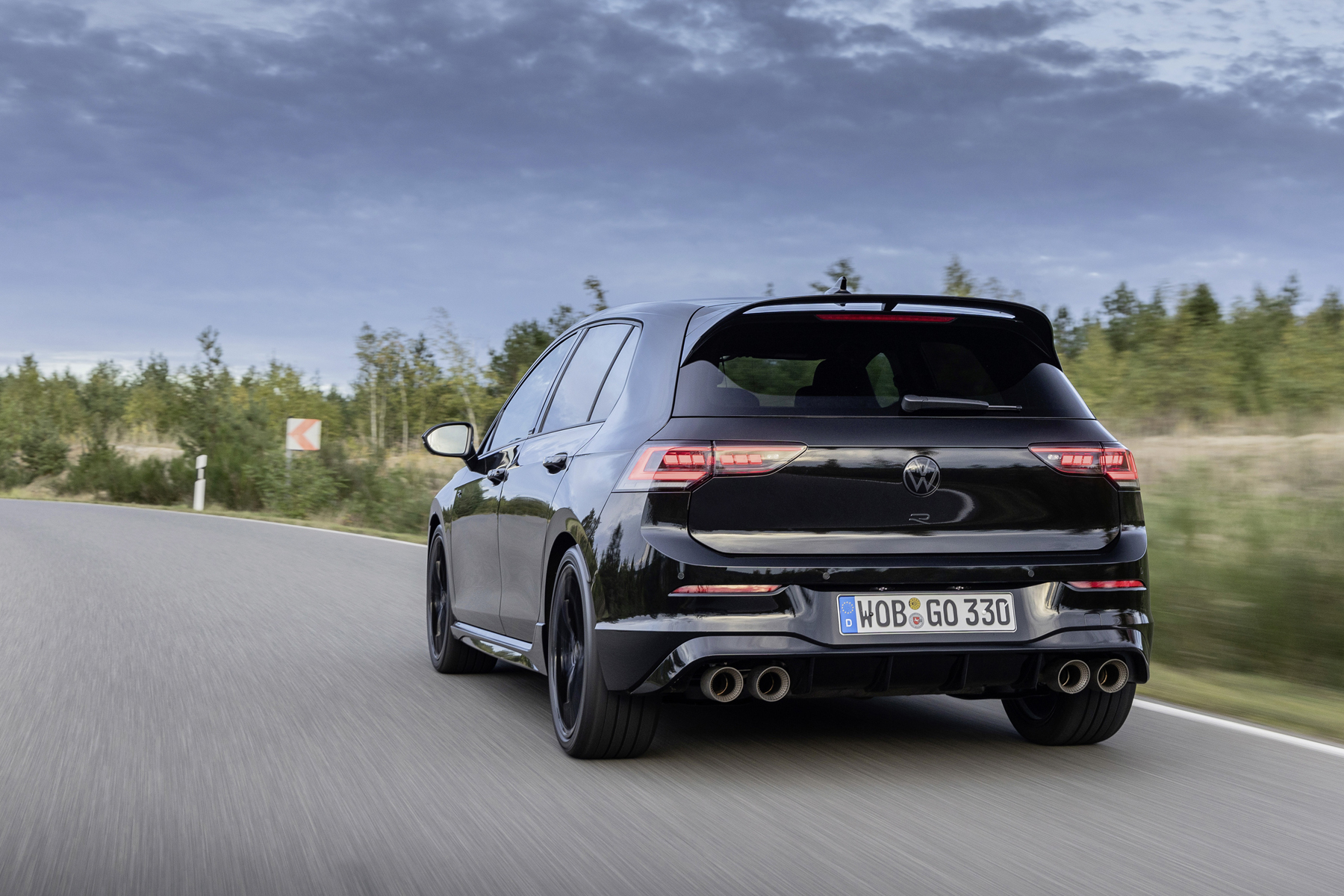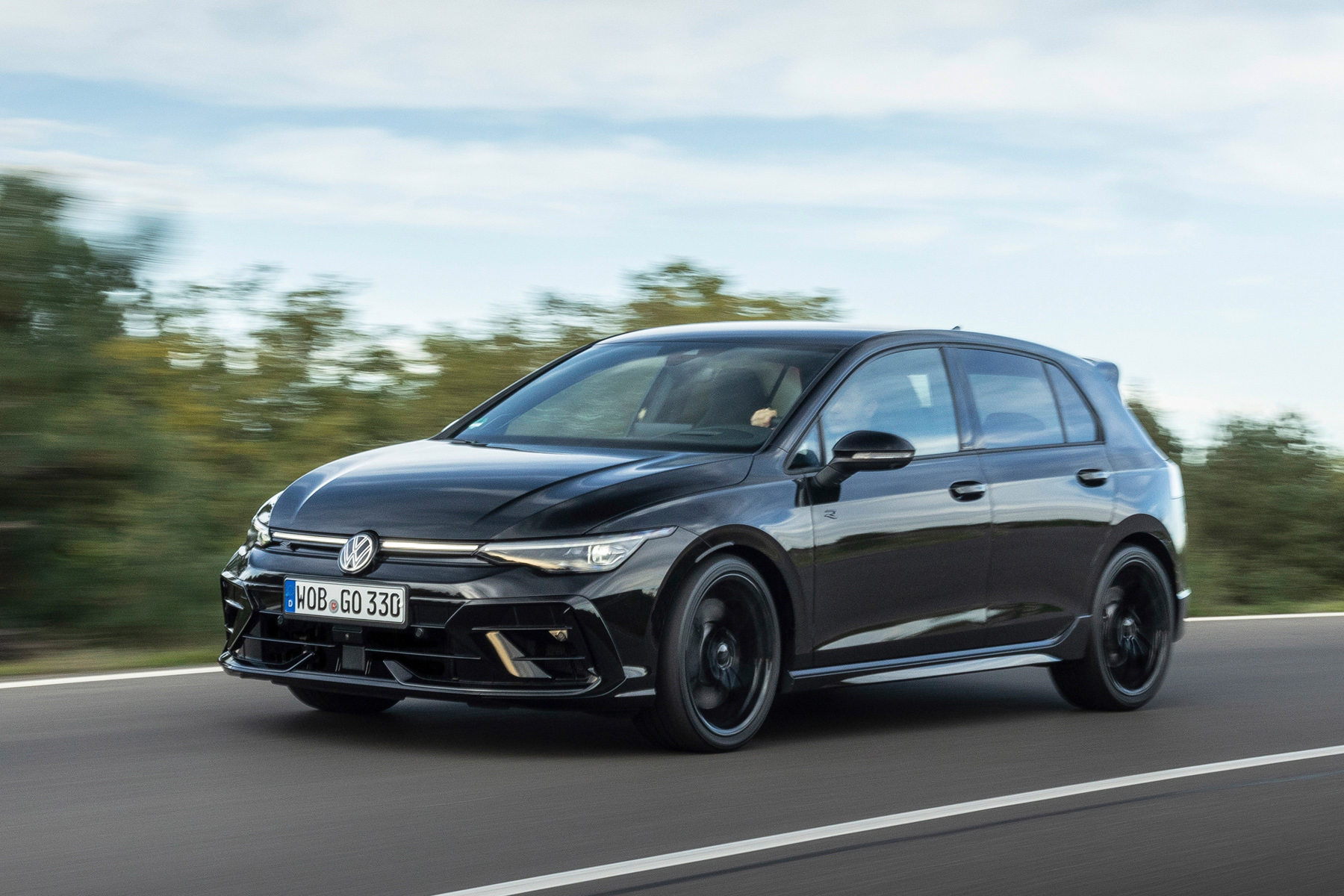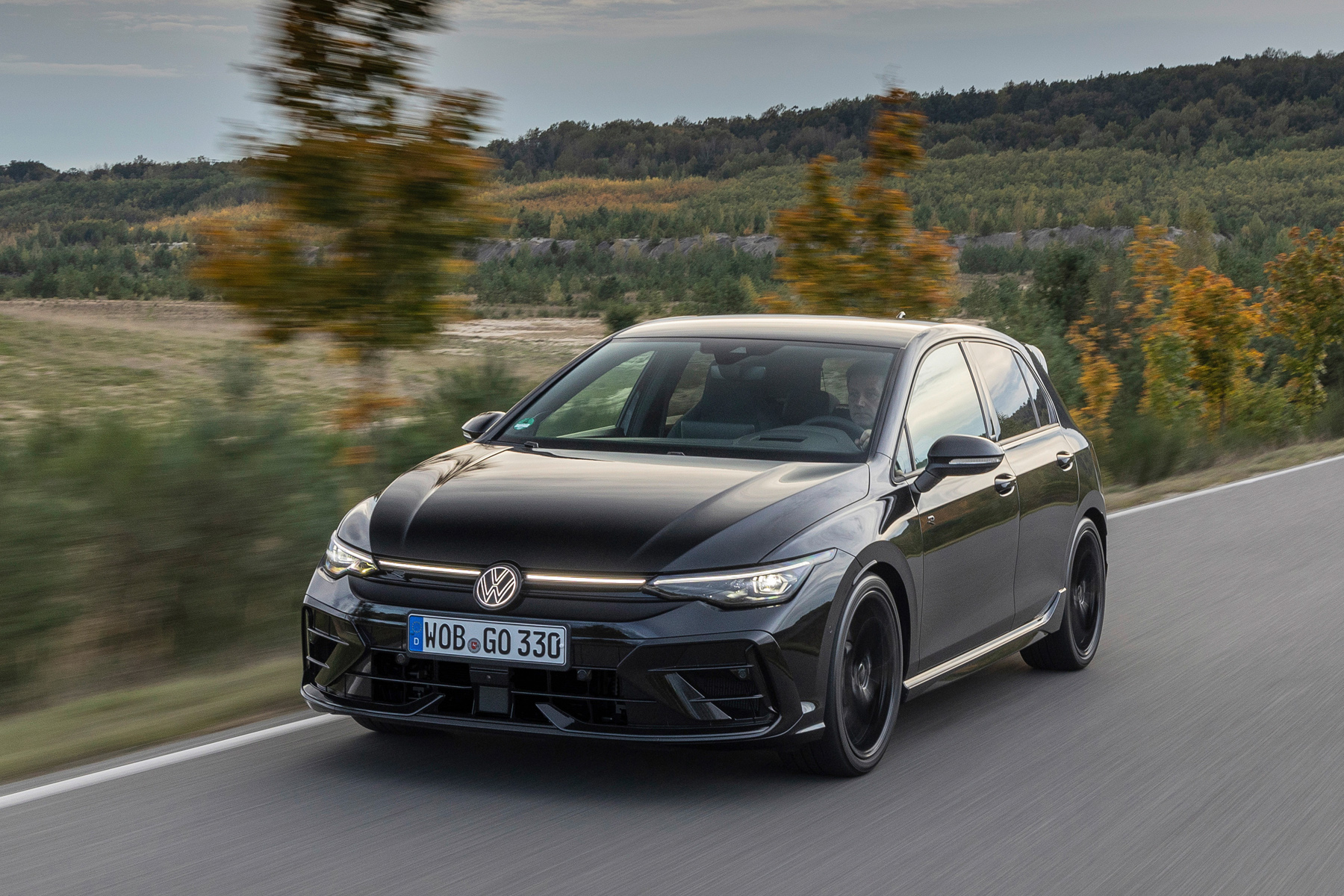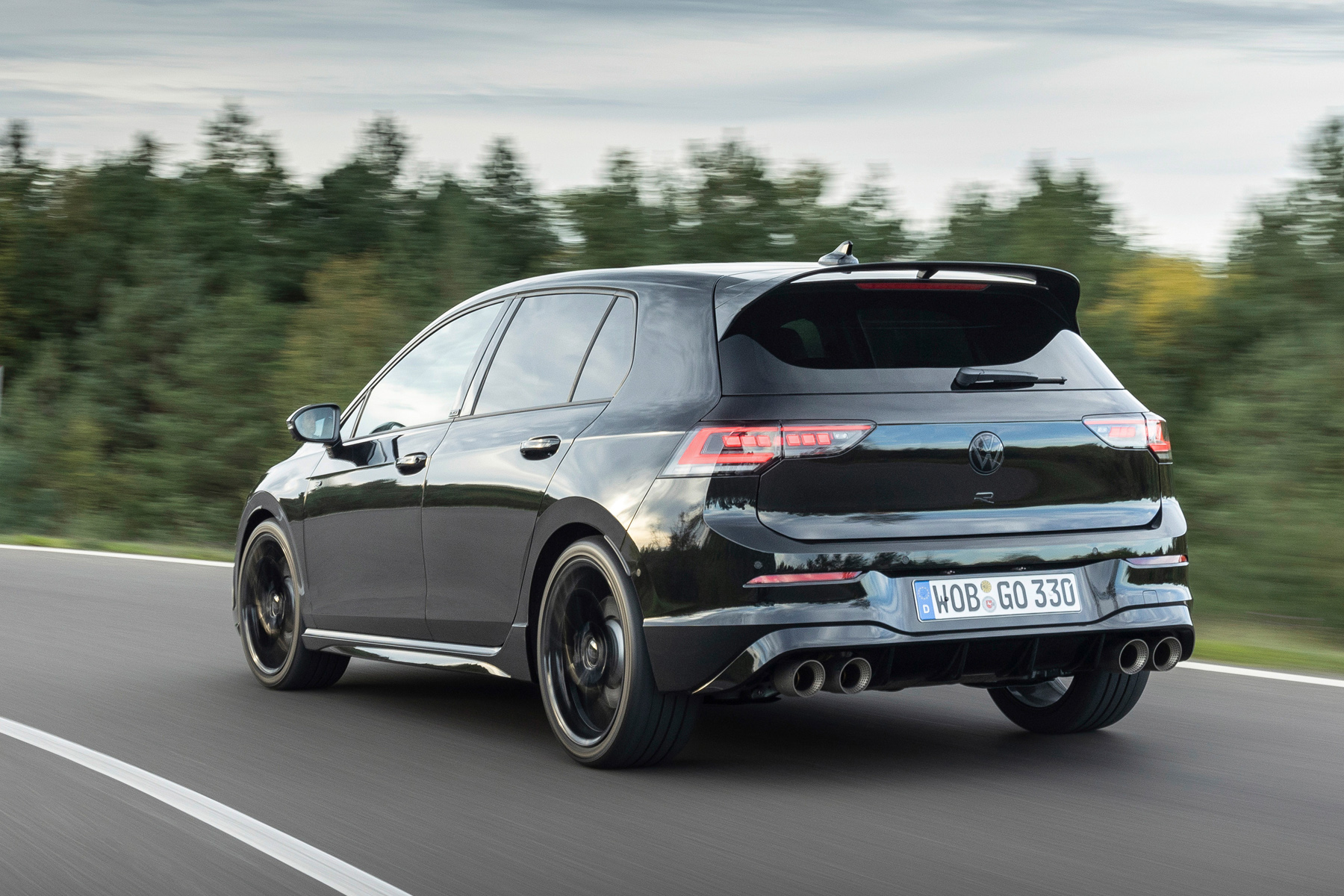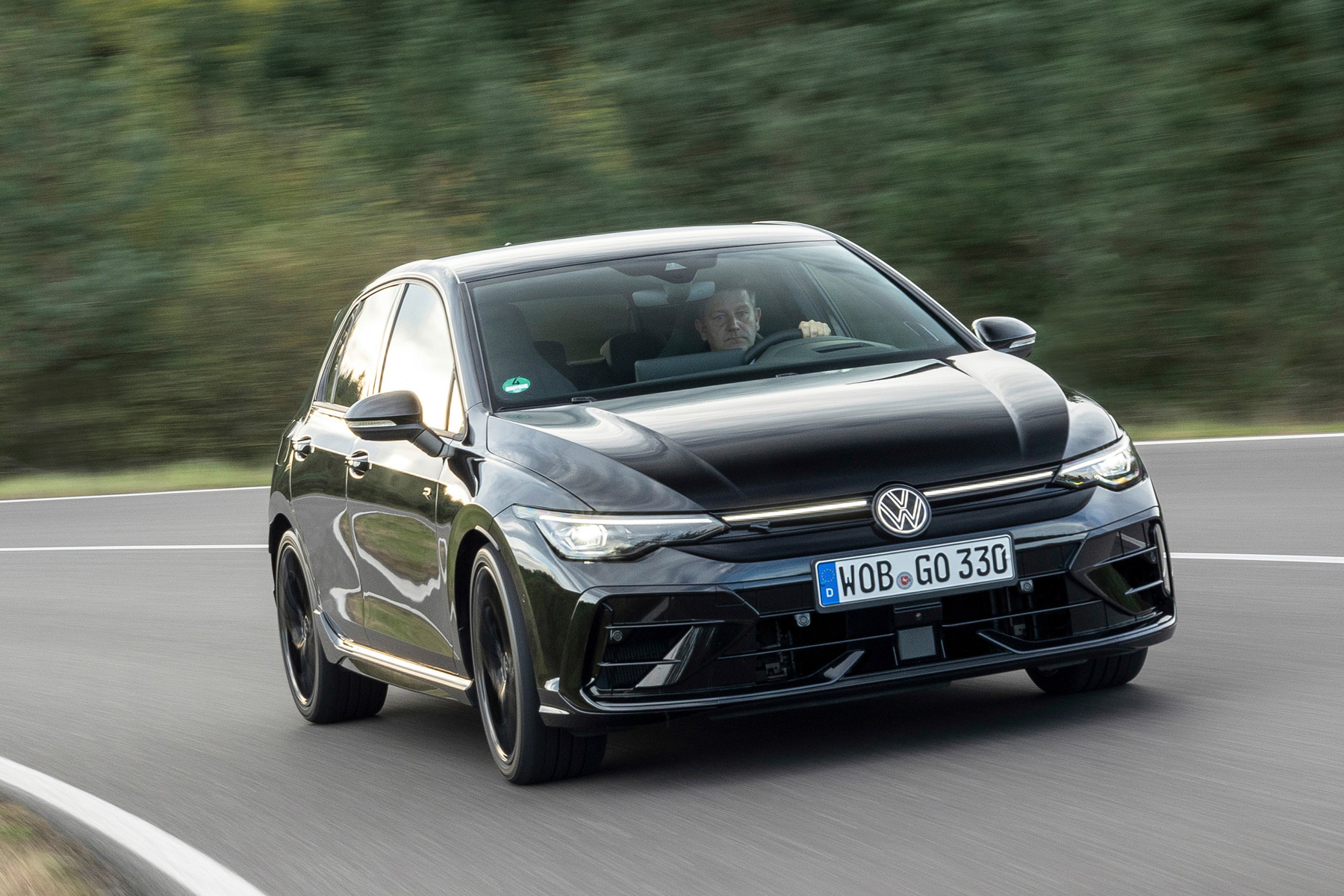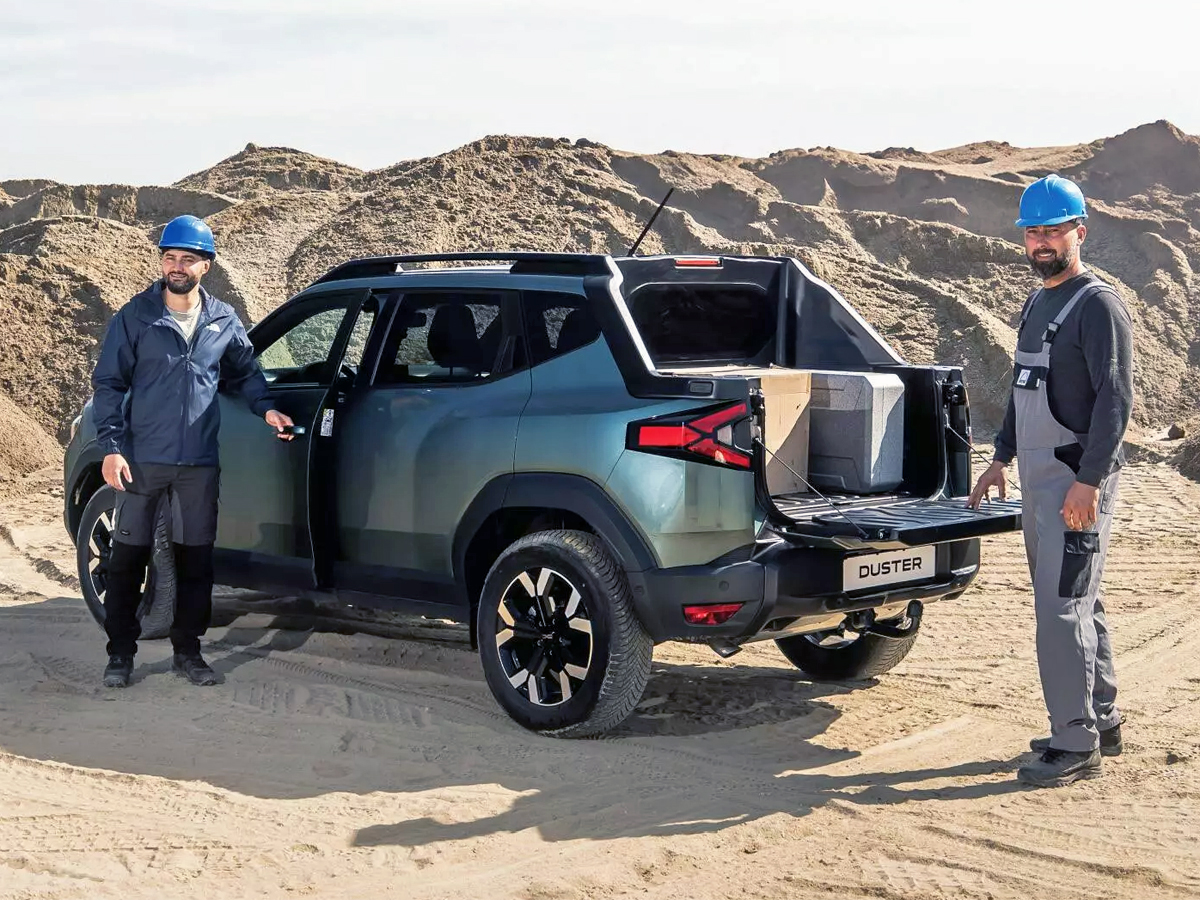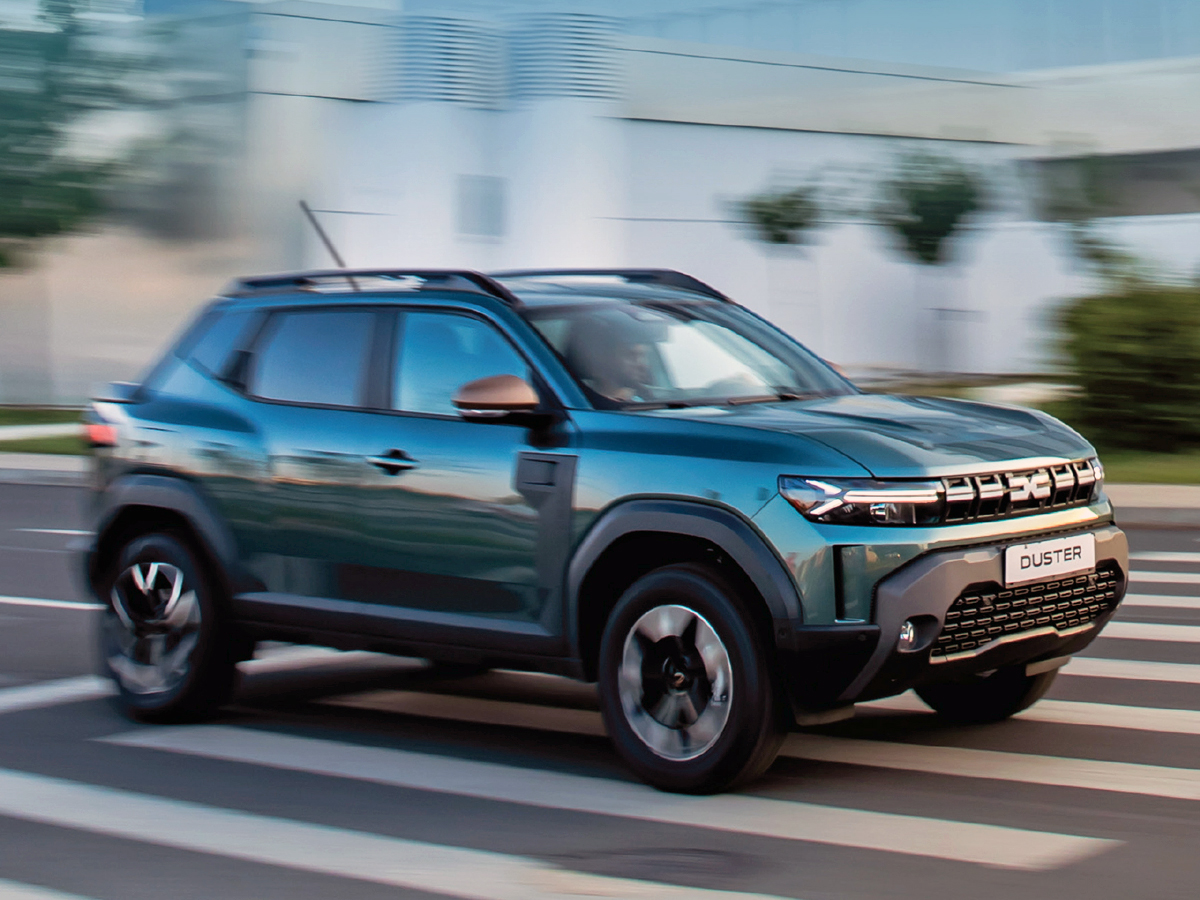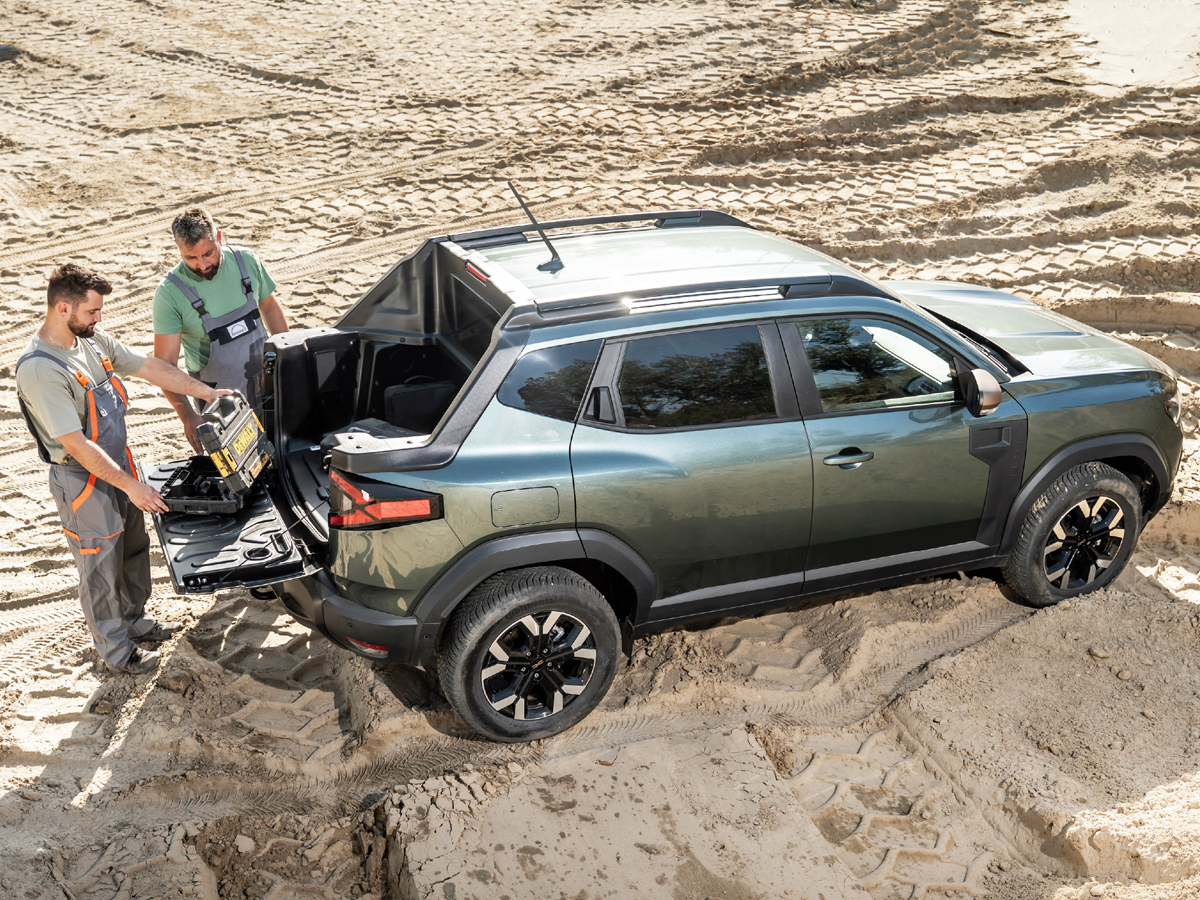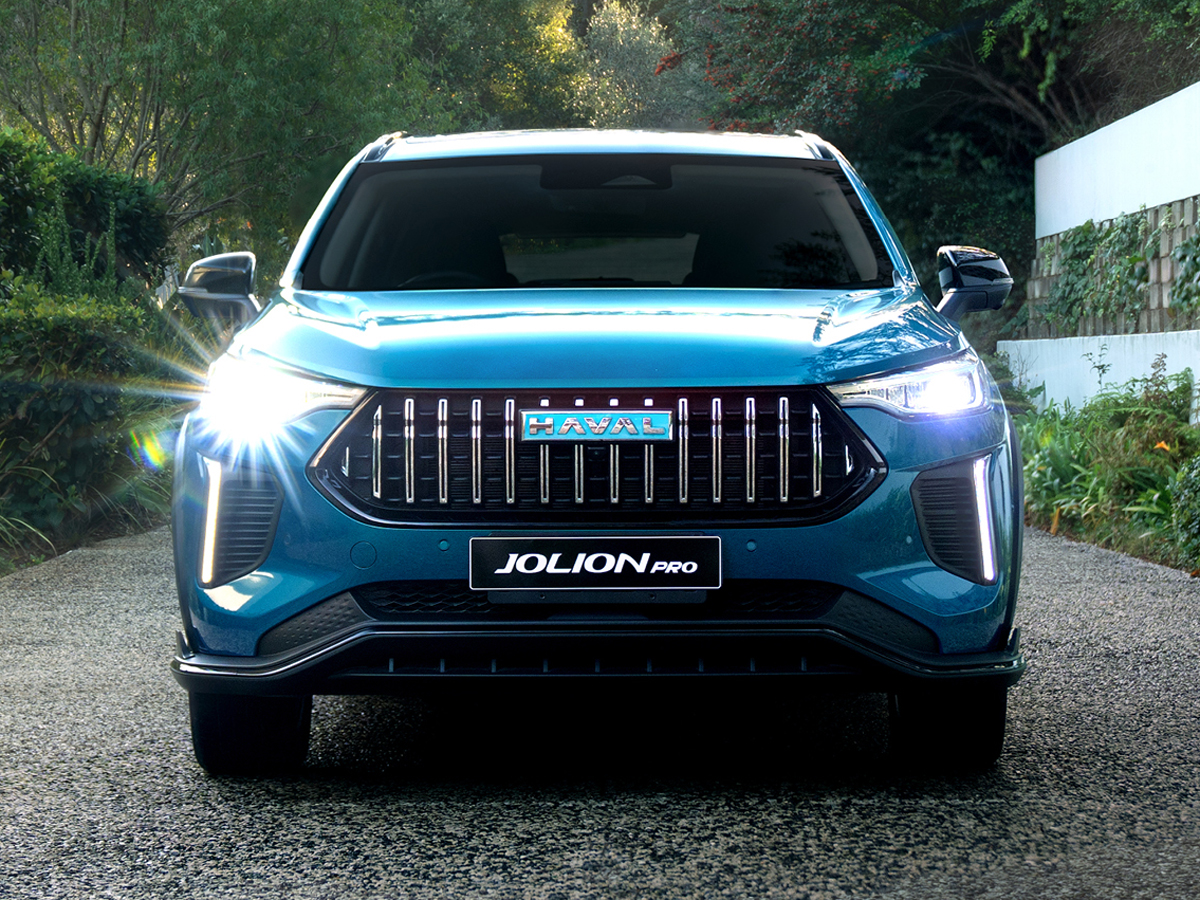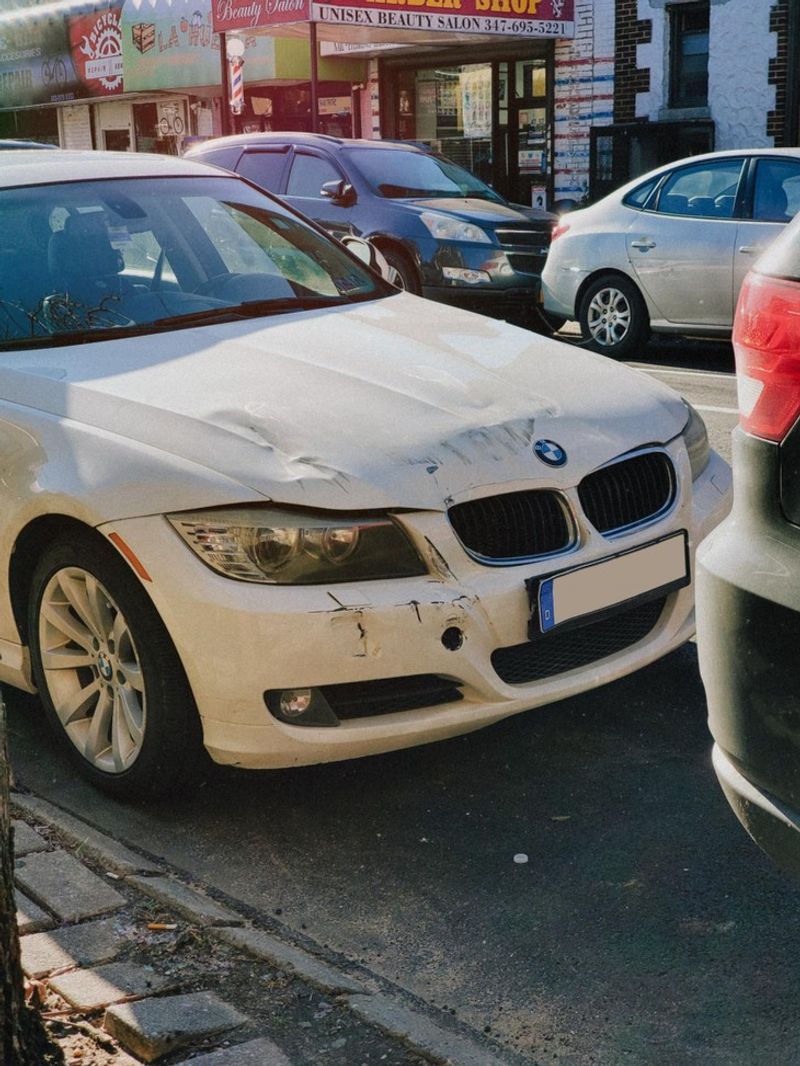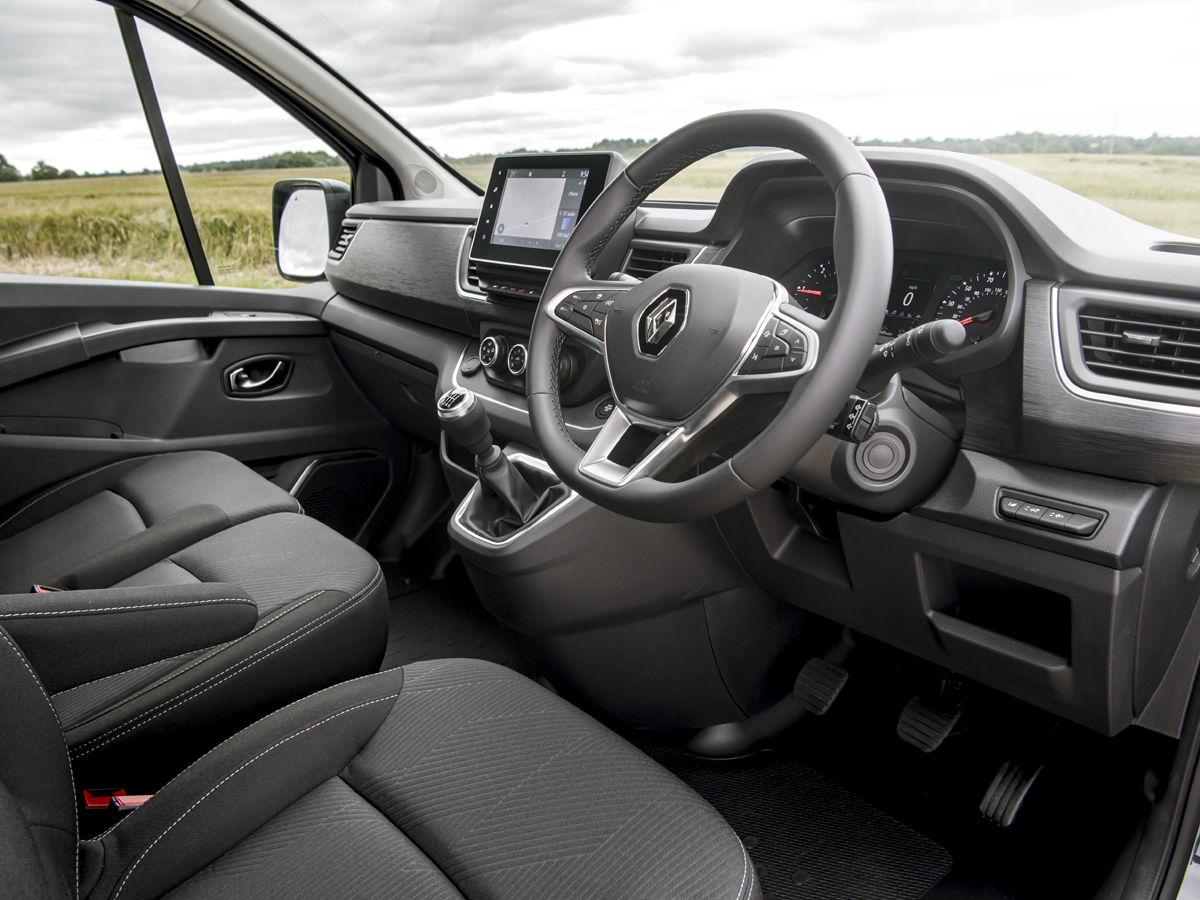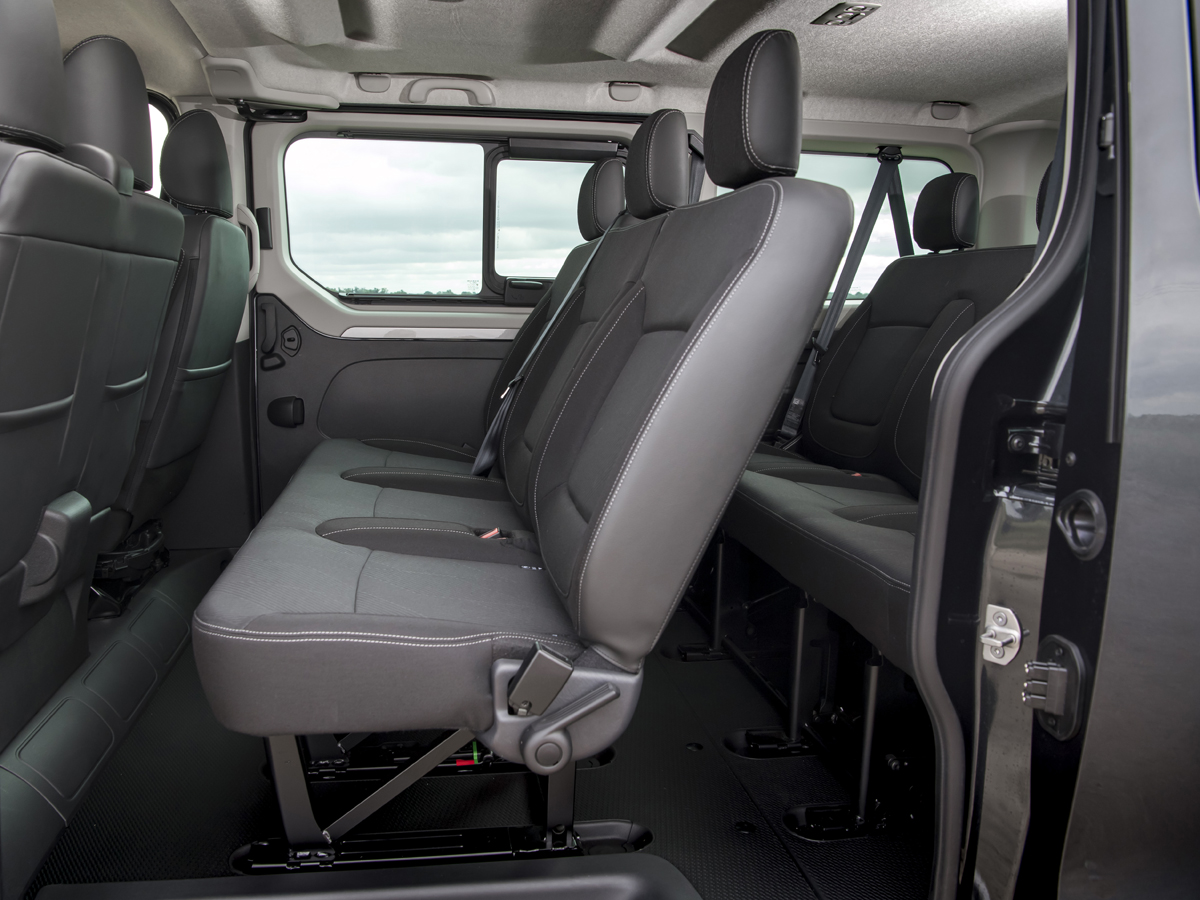Tata Nexon: the next Tata model for South Africa
The Tata Nexon looks set to be the Indian brand’s next introduction in South Africa, likely in the opening quarter of 2026. Here’s what we know about this small crossover…
- Nexon expected to launch in SA in Q1 2026
- Set to arrive as 5th model in Tata’s portfolio
- Likely to slot in between Punch and Curvv
The Tata brand returned to South Africa’s passenger-vehicle market at the start of September 2025, kicking off its local operations with the launch of the Tiago, Punch, Curvv and Harrier. What’s next? Well, though it’s still early days, Cars.co.za understands that the Tata Nexon will serve as the brand’s 5th introduction to the local market.
Yes, according to our information, the Nexon is scheduled to arrive in South Africa in the opening quarter of 2026, with a market launch likely to take place in February of next year. The new Sierra SUV could then follow at some point later in 2026.
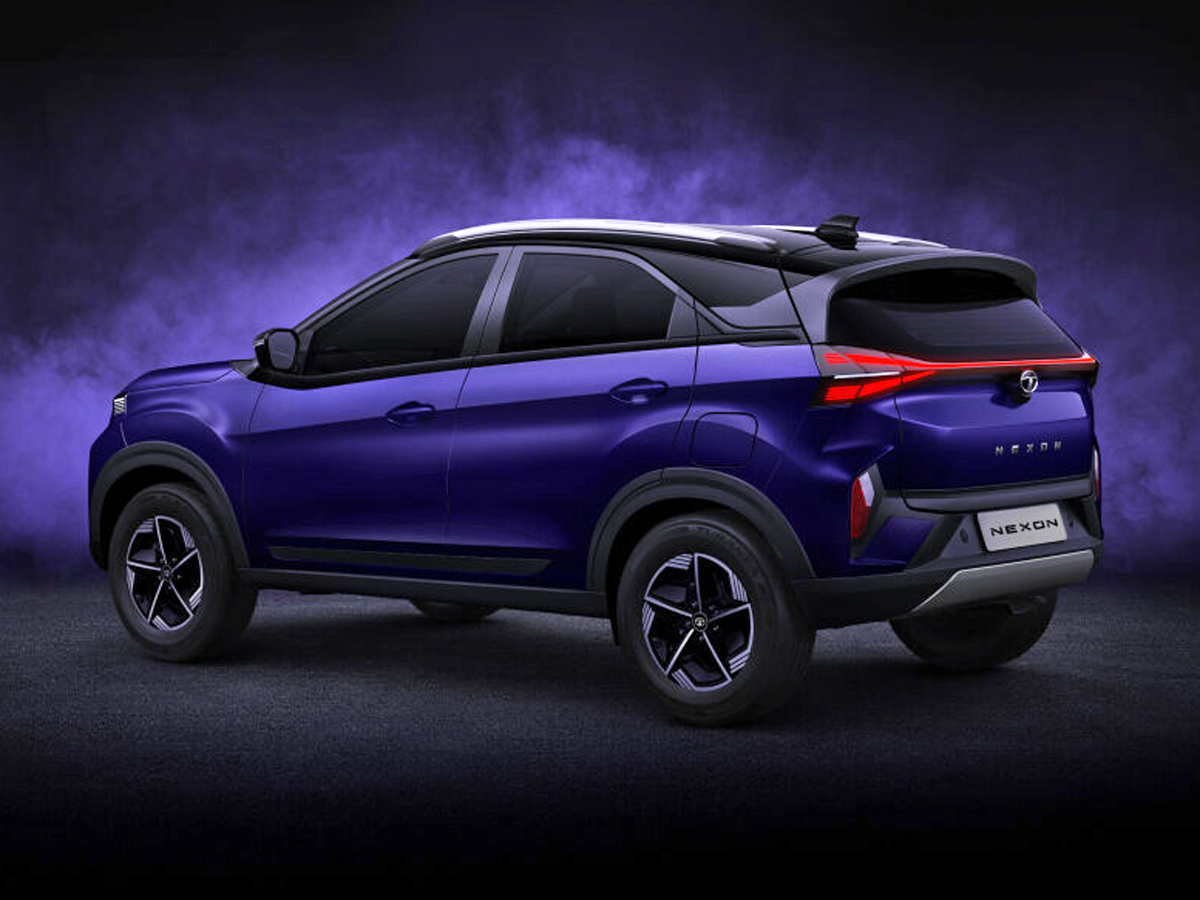
As a sub-4-metre crossover, the Nexon will likely slot in between the Punch and the Harrier. For the record, the 5-strong Punch line-up currently has pricing bookends of R244 900 and R339 900, while the 3 derivatives in the Curvv portfolio are priced between R349 900 and R519 900. There will thus likely be some overlap with both.
While the Punch is around the size of Hyundai’s Exter, the Tata Nexon measures 3 995 mm long, suggesting it could be positioned to compete head on with high-spec, turbocharged versions of likewise Indian-built models of similar dimensions, such as the Nissan Magnite, Renault Kiger and Kia Sonet.
What engines power the Tata Nexon?
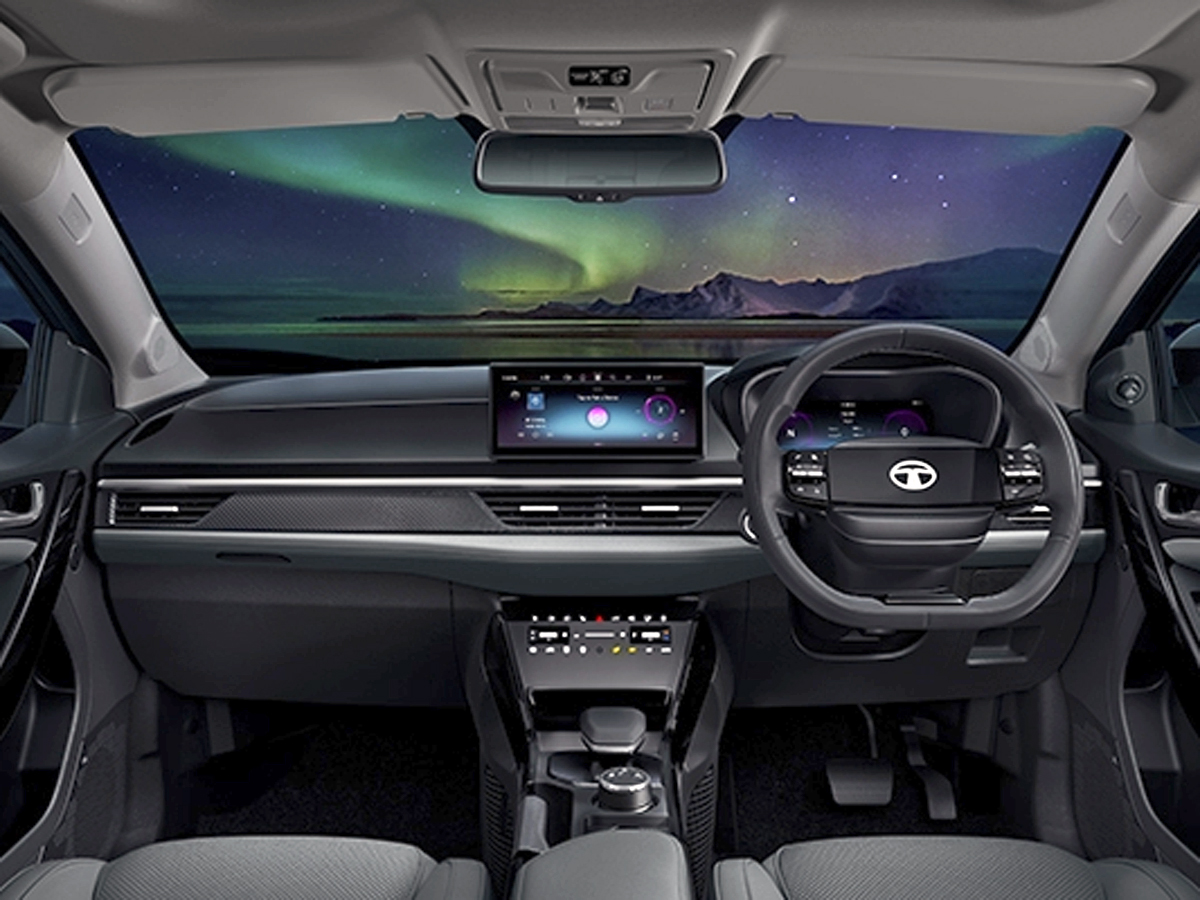
The Nexon is by no means a new model, with production having started in India back in 2017. However, this small crossover received facelifts in 2020 and 2023, with this latest version destined for Mzansi’s roads.
While local specifications have yet to be confirmed, the front-wheel-drive Nexon is available in its domestic market of India with the same turbocharged 1.2-litre, 3-cylinder petrol engine (88 kW and 170 Nm) as used in the Curvv. A 1.5-litre turbodiesel motor (85 kW and 260 Nm) is also offered in the world’s most populous nation, along with a fully electric powertrain.
The 5-seater Tata Nexon has a wheelbase of 2 498 mm, while ground clearance is listed as 208 mm. The luggage compartment is rated to swallow 382 litres. In India, 6 airbags and electronic stability control ship standard. This model received a 5-star safety rating from Global NCAP in 2024.
Interesting features available in that market include a dual-tone roof, a panoramic sunroof, ventilated front seats, an air purifier, a “blind-view monitor”, a 10.25-inch infotainment screen, a 10.25-inch digital instrument cluster, an 8-speaker JBL sound system and wireless smartphone charging.
Check back early in 2026 for local details on the Nexon…
Frequently Asked Questions
Q: When is the Tata Nexon expected to launch in South Africa?
A: The Tata Nexon is scheduled to arrive in South Africa in the opening quarter of 2026, with a market launch likely to take place in February of next year.
Q: What engines power the Tata Nexon?
A: While local specifications have yet to be confirmed, the front-wheel-drive Nexon is available in India with a turbocharged 1.2-litre, 3-cylinder petrol engine (88 kW and 170 Nm). A 1.5-litre turbodiesel motor (85 kW and 260 Nm) is also offered, along with a fully electric powertrain.
Q: What are the dimensions and key features of the Tata Nexon?
A: The Tata Nexon measures 3 995 mm long, has a wheelbase of 2 498 mm and a luggage compartment capacity of 382 litres. Key features available in the Indian market include a dual-tone roof, a panoramic sunroof, ventilated front seats, a 10.25-inch infotainment screen and an 8-speaker JBL sound system. The vehicle also received a 5-star safety rating from Global NCAP in 2024.
Related content
Tata Harrier (2025) Price & Specs















